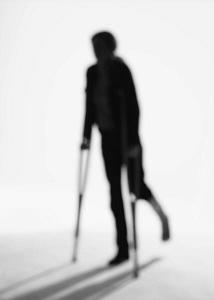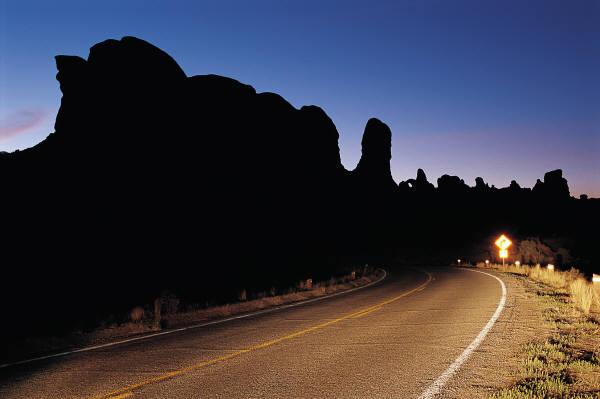Riding at night can be a completely different experience than riding during the day. Your visibility to other drivers is low during the day, and it’s even lower at night unless you take steps to be seen. As Charleston motorcycle accident lawyers who also ride, we’ve experienced the challenges of night riding firsthand and have some ideas to help you ride more safely.
Make an honest assessment of your bike.
Begin making your bike night worthy by determining how visible it is to others. Ask a friend to go out with you one night, with him or her driving a car while you ride your bike. Take your time, and ride next to, in front of, and behind the car. Your friend will have plenty of ideas for you to increase your visibility.
Clean your headlights for the most visibility for you and other riders and drivers. If you’ll be doing quite a bit of night riding, or if your bike is older, perhaps you’ll want to go ahead and upgrade to brighter headlights or add fog lights. Some riders also add extras to the bike, such as neon kits and running lights.
Is your gear up to the task?
Be sure your gear is heavy enough for the cooler night temperatures. You’ll want to make sure that it’s light colored or has plenty of reflective areas so you’ll be easily seen.
Are you ready to ride at night?
If you have difficulty seeing at night, visit your eye doctor for special glasses to help you see better—or consider limiting your night riding. If you tend to be a morning person, riding late at night may not be in your best interest, since you would typically be sleeping.
Exercise the same safety precautions you do during the day, but be even more cautious.
Leave more space between you and other vehicles, and wait a second or two longer after the light turns green before driving through intersections. If you typically lane split, realize that as ill-advised as it is during the day, it can be downright dangerous at night.
Assume that other drivers cannot see you, and that they are sleepy or drunk.
Inattentive, drunk, or sleepy drivers are more abundant at night—especially after the bars close in your area. Just as you should always assume other drivers cannot see you, assume that any driver you encounter at night is impaired.
What precautions do you take when you ride at night?
 As Charleston motorcycle accident lawyers, we encourage our clients to resume riding as soon as they feel comfortable after an accident. It’s normal to be anxious or afraid of the bike after an injury, but the sooner you get back in the saddle, the sooner you put the motorcycle accident behind you. After helping many clients go back to riding, we’ve found a few tips that really help.
As Charleston motorcycle accident lawyers, we encourage our clients to resume riding as soon as they feel comfortable after an accident. It’s normal to be anxious or afraid of the bike after an injury, but the sooner you get back in the saddle, the sooner you put the motorcycle accident behind you. After helping many clients go back to riding, we’ve found a few tips that really help.
Put the accident or injury in perspective.
How long have you ridden without an injury or accident?
Thousands of miles? Tens of thousands of miles? More?
How many years have you ridden injury- and accident-free?
When you start thinking of your riding by the numbers, you’ll see that while the injury was a significant event at that point in time, in the grand scheme of things it’s not as significant as you thought it was.
Think about what you could have done differently, if anything.
Was the injury your fault, or someone else’s? If it was yours, think about what you could change to reduce your risk in the future. Usually one tweak will make a tremendous difference. If you were lane splitting, perhaps you’ll stop or do it only in specific circumstances. If you weren’t wearing a helmet, maybe now is the time to start.
And sometimes an accident is just that—an accident. Don’t let what happened in a single moment stop you from doing something you enjoy.
Consider a new level of protection and perhaps a safety class.
Helmets, leather, and other protective gear reduce your chances of injury, but are a choice only you can make. For some, this gear is uncomfortable, while others feel it hampers their movement or ability to ride. A safety class will increase your confidence and remind you that while biking can be dangerous, you do have some control over what happens to you.
Take it slow.
If you’re feeling nervous about riding, start easy. Ride on the back of someone else’s bike, or cruise around your neighborhood before taking your bike on the highway. Ride alone for a while before taking on passengers, or ride during periods of less traffic. You’ll build your confidence back in no time—just take your time and ease back into it.
Remember: the longer you stay off your bike, the harder it will be to get back on. Your bike is the same machine you happily rode before the injury, and it has many miles left on it.
Do what you love and enjoy your life—get back in the saddle and ride!
What are your thoughts and advice for getting back on a bike after a motorcycle injury?


